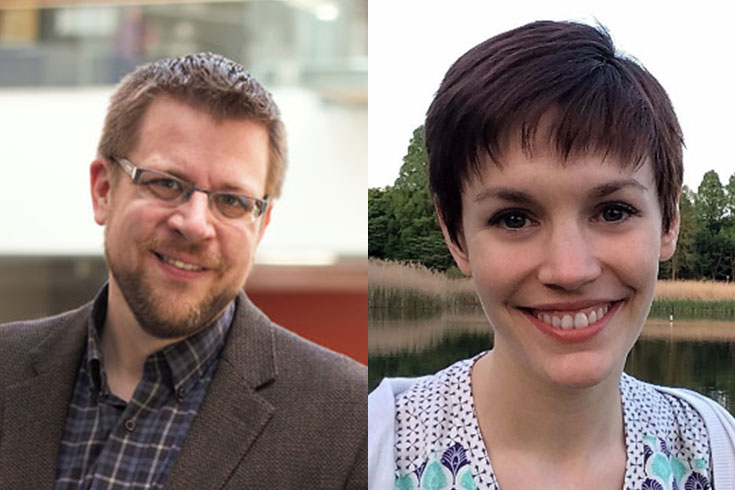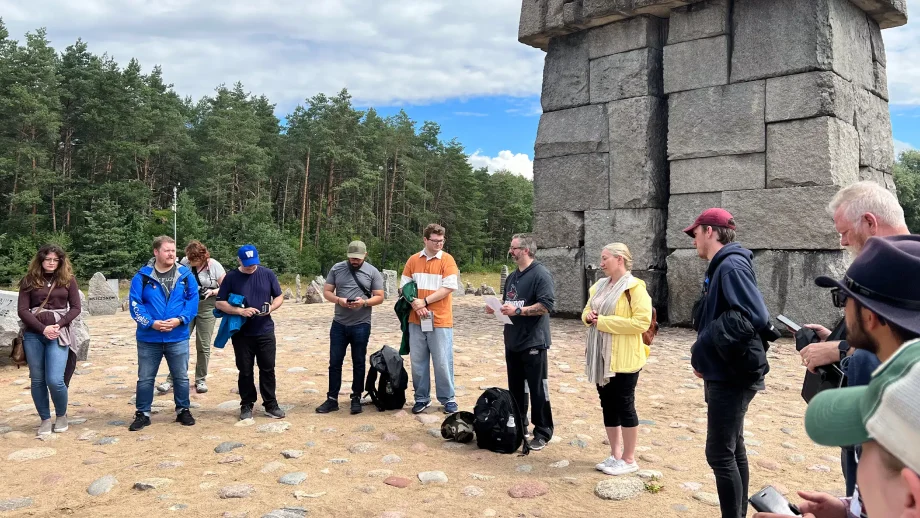
Dr. Christopher Wiebe, Alannah Hallas, photo supplied
University of Winnipeg professor and Canada Research Chair Dr. Christopher Wiebe (chemistry) and his Quantum Materials Group have discovered a new material that could be changing our science textbooks.
The team’s findings, Coexistence of metallic and non-metallic properties in the pyrochlore Lu2Rh2O7, are now published in Nature Quantum Materials. It is the fourth publication in the Nature Publishing Group by his group over the last 12 years, with previous papers in Nature Physics (2007), Nature Communications (2011), and Nature Materials (2012).
“In a typical chemistry or physics textbook, you might find a definition of a metal having certain properties, such as being a good conductor of electricity,” explained Wiebe. “We have discovered a new material that has some of these properties, but strangely is not a good electrical conductor. It is a completely new definition of what we think of as a metal.”
The work is a product of UWinnipeg alumna and Vanier Scholar Dr. Alannah Hallas, and UWinnipeg students Cole Mauws, Arzoo Sharma, and Paul Sarte. The discovery was an international collaboration with the University of Edinburgh, Columbia University, the University of Tennessee-Knoxville, McMaster University, and the National Institute for Materials Science in Tsukuba, Japan.
“Over the last few decades, solid state chemists and condensed matter physicists have made a series of new materials that challenge our previous understandings of metals,” said Wiebe. “For example, the 2016 Nobel Prize in Physics was related to Topological Insulators, which only conduct electricity at the surface of the material. New superconductors that are used in Magnetic Resonance Imaging (MRI) machines in hospitals can be made by modifying strange metals. There is a tremendous amount of activity in developing these materials into practical applications, and we are thrilled to be at the forefront of new discoveries.”




